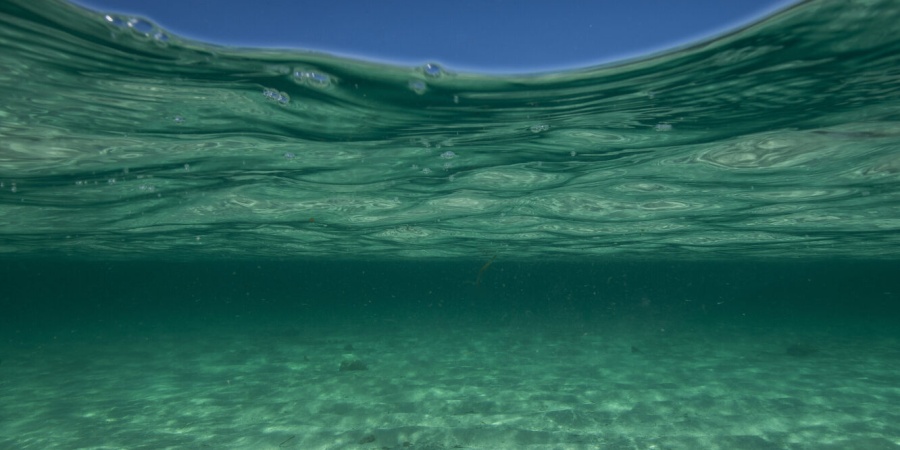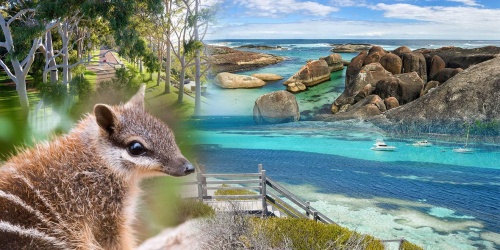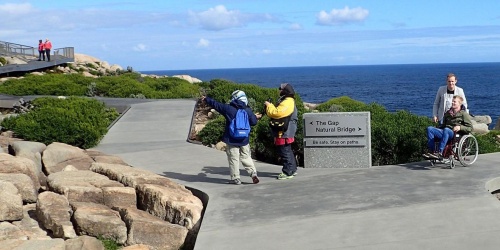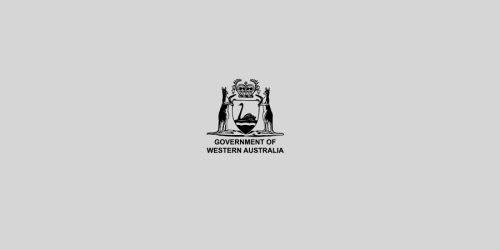
The Western Australian Government is taking action to tackle climate change, protect our environment, and create a stronger economy for generations to come. For more information on climate action in Western Australia visit: This is climate action Western Australia.
Western Australia's natural environment covers vast landscapes and is home to many unique native plants and animals, found nowhere else on earth. The impacts of climate change are already being experienced, through changing rainfall patterns, more frequent hot weather events, severe flooding events, increased bushfire risk, rising sea levels and ocean warming and acidification.
Changing landscapes and climatic conditions is leading to changes in habitats and the abundance, distribution and composition of native species and may also exacerbate existing pressures from people and introduced weeds and pest animals. Climate change also has implications for recreational, heritage and cultural values.
Climate change is a threat to the natural environment and presents challenges for the management of land, water, biodiversity, attractions and cultural heritage.
The department undertakes science and research to support biodiversity conservation and management outcomes under different climate scenarios.
Evidence-based adaptive management approaches are the fundamental tools used by the department to manage the risk and impacts of climate change.
The department is committed to contributing to action on climate change. Our Corporate Policy Statement 26 – Climate Action outlines how we are and will continue to do our part.
DBCA undertakes various projects and initiatives that contribute to WA’s goal to achieve net zero emissions by 2050 and build a climate resilient future. A selection of these projects is showcased below:
Plan for Our Parks
Plan for Our Parks is a State Government’s plan to create five million hectares of new national and marine parks and other conservation reserves across WA, increasing the conservation estate by 20 per cent.
This plan will see new and expanded parks from the Kimberley in the north, across WA’s rangelands and along our southern coastline. An expanded conservation estate builds resilience of natural ecosystems to threatening processes and allows for natural migration – especially through active management and restoration of those landscapes.
Forest Management Plan
The Forest Management Plan 2024-2033 provides new directions for native forest management in the south-west.
The Plan will implement management objectives and activities to promote forest health and resilience in a drying climate. The intent is to address cumulative climate change stressors at a broad forest scale as well as forest biodiversity components, including threatened species and ecological communities.
WA's well-managed conservation estate will be expanded over the next ten years, supporting climate change mitigation through protecting the carbon stores and assisting carbon sequestration.
Enhanced Prescribed Burning Program
WA is one of the world’s most fire prone regions and rich in biodiversity. Many of our plants and animals not only survive fire but depend on it for their persistence.
Under the Enhanced Prescribed Burning Program bushfire risk to people, assets, and the environment is balanced with maintaining healthy ecosystems and biodiversity. Taking place under cooler conditions, when moisture levels are higher and weather conditions more stable, these prescribed burns remove the fuels (dead leaves, debris and shrubs) which play a major role in the rate of spread, intensity, size and release of carbon emissions from a bushfire.
Carbon Farming on the Conservation Estate
Carbon farming on the conservation estate can increase carbon storage and reduce carbon emissions to help WA achieve net zero by 2050 and support conservation. Examples include:
- Savanna burning in the Kimberley is an example of how carbon farming is already providing conservation and carbon benefits and employment outcomes. In Prince Regent National Park and Drysdale River National Park, Savanna burning engages with Traditional Owners and uses traditional knowledge of early dry season burning and modern scientific practices to reduce potential greenhouse gas emissions released from frequent and large unmanaged late dry season bushfires. By applying low intensity, patchy prescribed burning in the early dry season, the size and intensity of late dry season fires are minimised. Importantly, this intersection of contemporary prescribed burning with more traditional fire management practices assists to enhance the important biodiversity and cultural values of both national parks.
- Land management activities can also increase carbon storage in vegetation and soils and reduce carbon emissions to help WA achieve net zero greenhouse gas emissions by 2050. This can include activities like revegetation, weed and feral animal control, and fire management. Enhancing biodiversity and outcomes for Traditional Owners is an important consideration.
Rottnest Island | Powering The Island
The State Government has committed funding to upgrade and replace renewable and electrical infrastructure across Rottnest Island. This funding will see renewables power 75 per cent of the island’s energy needs. The island’s renewable and electrical infrastructure upgrades include a series of transformative projects.
The power distribution network upgrade will replace the ageing network to provide an efficient and reliable service. The power generation upgrade will replace the existing wind turbine generator at Mt Herschel with smaller contemporary wind turbines and install a utility-scale battery to improve energy storage.
These investments will reduce the island’s diesel fuel consumption by an estimated 40 per cent and will abate an estimated 4,000 tonnes of carbon emissions each year.
Assisted Migration
As climates change, plants and animals may be less resilient or able to persist in areas they have historically been known to thrive. But where there are populations occurring across climate gradients, those different populations may show adaptation across their range. For example seed from plant populations in a drier, hotter part of the range can be used to provide a source of adaptive genes into populations ahead of changing climates to increase resilience in natural, such as forest trees, or in restoration plantings. This is known as climate adjusted provenancing or assisted gene migration.
But that is not always the case for rare or restricted species like the Western swamp tortoise – a critically endangered reptile only known from swamps near Perth. For this species, assisted colonisation of Perth Zoo bred tortoises is being undertaken to suitable but cooler habitat in the south–west with the goal of establishing a new self-sustaining wild population. It is hoped this translocation effort could provide a solution to the drying effects of climate change on current Western swamp tortoise habitat.
In both cases, these climate adaptation strategies are being used to facilitate the conservation of biodiversity in the context of climate change.
Resilient Reefs
Through the Resilient Reefs initiative WA's Ningaloo Coast is the first World Heritage site to finalise a resilience strategy to adapt to climate change. The strategy takes a holistic view of the threats facing Ningaloo Reef and the local community. It proposes actions to support thriving, resilient ecosystems, an educated and empowered community as well as sustainable development.
Aboriginal Ranger Program
The Aboriginal Ranger Program funds Aboriginal organisations to manage country and protect the environment across WA, in partnership with the public and private sectors, through a competitive funding framework. The program is administered by DBCA, with support and advice from an expert Reference Group.
Climate adaptation projects have been funded through the program, including monitoring, revegetation, cultural burning, capacity building, improved agriculture and rangeland management. Further funding opportunities exist – with Round 8 including a category focused on climate action for the first time.
There are significant opportunities to enhance the inclusion of Aboriginal voices and knowledge to identify climate risks, identify their own priorities, develop solutions and tackle on ground outcomes led by local cultural knowledge.
Natural Environment Sector Adaptation Plan
The WA Government is coordinating the delivery of a Sector Adaptation Plan Program for WA to identify sector specific climate impacts and priority adaptation actions.
Commencing in July 2024, DBCA will be coordinating the development of WA’s natural environment sector adaptation plan.
Kings Park Plant Development
The Kings Park Plant Development program is unique to Botanic Gardens.
It is the only program of it’s kind across the world taking a lead role in breeding resilient varieties which require less water and fertiliser, adapt to local soil and climatic extremes at the same time conserving local biodiversity.
This program seeks to preserve nature for the future by delivering plants ready to thrive in private and public urban spaces in WA. These plants are readily available to the landscape and nursery industry.
To support the Plant Development program and the vision for successful ‘resilient’ landscapes Kings Park delivers a series of walks, workshops and information days for the home gardener, landscape architects, landscape industry and designers, and local government annually.




